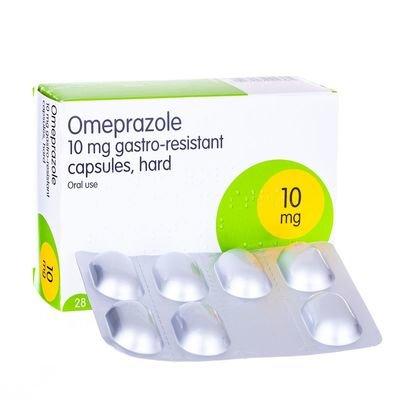Asthma and Ventolin: How to Manage Your Symptoms

Asthma is a chronic respiratory disease that affects millions of people worldwide. It causes inflammation and narrowing of the airways, making it difficult to breathe. While there is no cure for asthma, there are various treatments available to manage its symptoms. One of the most commonly prescribed medications for asthma Ventolin, a bronchodilator that helps to open up the airways and improve breathing. In this article, we will discuss how Ventolin works, how to use it, and some tips for managing your asthma symptoms.
How Ventolin works:
Ventolin contains a medication called albuterol, which is a type of beta-agonist. Beta-agonists work by relaxing the smooth muscles in the airways, which allows them to open up and improve airflow. Ventolin is a quick-relief medication, which means it is designed to provide immediate relief of asthma symptoms when they occur. It is not a long-term control medication and should not be used as a substitute for daily maintenance therapy.
How to Use Ventolin:
Ventolin is usually available in an inhaler form, which allows the medication to be delivered directly to the lungs. To use a Ventolin inhaler, follow these steps:
-
Remove the cap from the inhaler and shake it well.
-
Breathe out fully.
-
Hold the inhaler with your mouthpiece between your teeth and your lips around it.
-
Start to inhale slowly and press down on the inhaler to release a dose of medication.
-
Continue to inhale slowly and deeply, and then hold your breath for 10 seconds.
-
Breathe out slowly.
It is important to use Ventolin as prescribed by your healthcare provider. Do not exceed the recommended dose, and do not use it more frequently than prescribed.
Managing Your Asthma Symptoms:
In addition to using a medication, there are other steps you can take to manage your asthma symptoms. Here are some tips:
-
Identify and avoid triggers: Common asthma triggers include allergens, pollution, and exercise. Identify what triggers your asthma symptoms and try to avoid them as much as possible.
-
Maintain good air quality: Keep your home clean and free of dust and other allergens. Consider using an air purifier or dehumidifier to improve air quality.
-
Stay active: Regular exercise can help improve lung function and reduce the frequency and severity of asthma symptoms. Talk to your healthcare provider about what types of exercise are safe for you.
-
Monitor your symptoms: Keep track of your symptoms and how often they occur. This can help you and your healthcare provider determine if your treatment plan is working effectively.
Conclusion
Asthma can be a challenging condition to manage, but with the right treatment and self-care strategies, it is possible to live a full and active life. Ventolin is a quick-relief medication that can provide immediate relief of asthma symptoms, but it should be used as directed and in combination with other treatment options. If you have asthma, work with your healthcare provider to develop a personalized treatment plan that meets your needs and helps you manage your symptoms effectively.
- Art
- Causes
- Crafts
- Dance
- Drinks
- Film
- Fitness
- Food
- Oyunlar
- Gardening
- Health
- Home
- Literature
- Music
- Networking
- Other
- Party
- Religion
- Shopping
- Sports
- Theater
- Wellness
- IT, Cloud, Software and Technology


